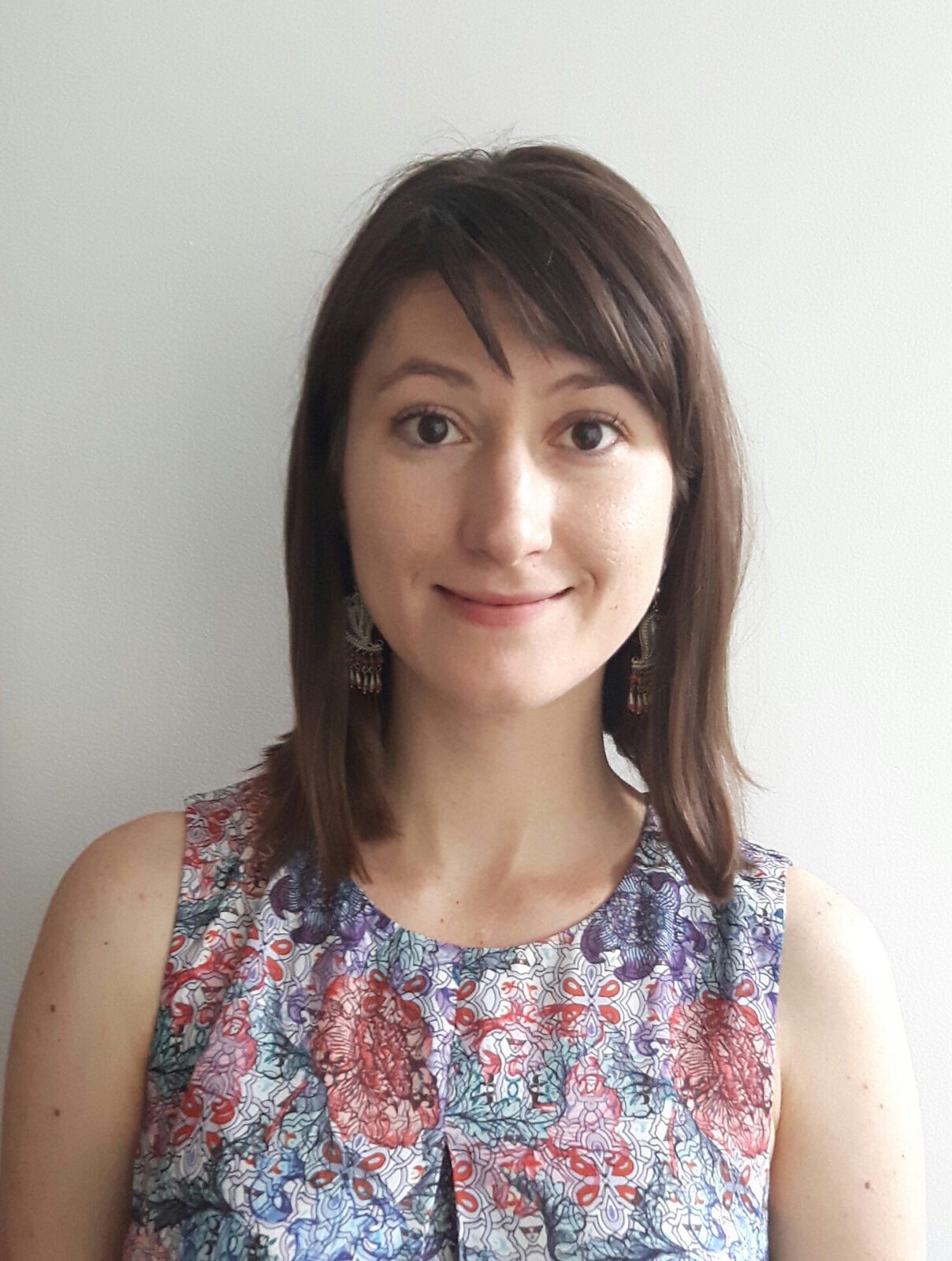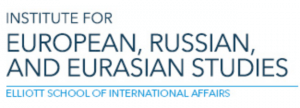Author

Karolina Kluczewska
Karolina Kluczewska is a Maria Sklodowska-Curie Research Fellow and a PhD student at the University of St.Andrews, Scotland. She is writing about development aid in Tajikistan, looking at localization of international norms, knowledge production and migration governance. Since 2013 she is also a new Dushanbegi.
The green, white and red buses and trolleybuses that fill the streets of Dushanbe are more than transportation. They are creative nation-building tools for the state—or, more precisely, the building blocks of a new identity for the capital. Through the slogans emblazoned on buses, the Tajik state has attempted to socialize “newcomers” to life in the city and promote a sense of belonging and unity.
There is a trend in recent scholarly works on Central Asia to portray states as exercising ever-increasing power over citizens at the expense of personal freedoms and civil liberties. In the case of Tajikistan, researchers find proof of this thesis in the ongoing reconstruction of the capital’s (Dushanbe’s) urban landscape, in the toughening policies on the use of Tajik as the national language, and—most recently—in the promotion of specific dress codes for women. These developments have often been framed in the literature as a manifestation of the state’s willingness to produce obedient citizens by means of enforcement. However, a perspective from inside Tajikistan indicates that the picture is more nuanced. Dushanbe’s green, white and red buses and trolleybuses demonstrate that the state seeks to communicate with citizens by means other than enforcement.

“There is no wealth greater than culture” (Хеҷ ганҷе беҳтар аз фарҳанг нест)
Unlike those of other Central Asian capitals, Dushanbe’s buses and trolleybuses are free from advertising. Instead, they roam the city’s wide streets adorned with red government slogans, an image that has come to symbolize contemporary Dushanbe.
The decision to paint public transport the color of the Tajik flag was taken in 2005 by then-mayor Mahmadsaid Ubaydulloev. The city’s buses—at the time Indian TATA and Hungarian Ikarus models—were repainted. In addition, the municipality ordered 90 new Russian ZiU buses and a few Chinese Huanghai models in the Tajik national colors. This “rebranding” of buses and trolleybuses was accompanied by an expansion of their routes and frequency, essentially marking the restoration of the old Soviet system of public transport in Dushanbe.
Buses act as creative, nation-building—or, more specifically, Dushanbegi-building—tools for the state, constructing a new identity for the capital
Buses and trolleybuses are commonly seen as the slowest mode of transport in the capital. Drivers sometimes park them in front of a bus stop and wait as long as it takes for new passengers to arrive before continuing with on their journey. Due in no small part due to their slow pace, the buses act as creative, nation-building—or, more specifically, Dushanbegi-building—tools for the state, constructing a new identity for the capital. This particular process works not only by enforcement, but also by socializing the city population with values that the state believes they should internalize. These values are transmitted through the simple, one-sentence red slogans placed on buses by the city administration. As such, buses are more than just a mode of transport.
What is the new city identity that is being constructed?
During and after the civil war in the 1990s, Dushanbe experienced the outflow of a significant part of its intelligentsia and professionals to Russia and beyond. Simultaneously, the capital saw an influx of people from rural areas, particularly the south of Tajikistan, which had suffered significant destruction during the conflict. Through the slogans on buses, the state has been socializing these “newcomers” to life in the city and promoting a sense of belonging and unity, as implied by the consistent use of the pronoun “we” in slogans.

“It is an honor to live in Dushanbe!” (Сокини пойтахт будан шараф аст!)
Buses tell people that it is a privilege to live in Dushanbe—“Our city is our honor” (Шаҳри мо—ифтихори мост).
Furthermore, the prosperity of the capital is portrayed as being a common goal of all citizens, who need to come together and work hand in hand to develop the city—“We will bring our dear city to the level of the most advanced capital cities” (Шаҳри азизамонро ба сатҳи пойтахтҳои пешрафтаи дунё менамоем). In this narrative, the rapid development of Dushanbe offers hope for the future, not only for inhabitants of the capital, but for all Tajik citizens, whether they live in the country or abroad: “Dushanbe is the home of our hope” (Душанбе хонаи умеди мост); “The city of Dushanbe is the hope of all Tajiks the world over” (Шаҳри Душанбе умеди тоҷикони ҷаҳон аст). Buses also remind inhabitants of Dushanbe that the capital is a symbolic place of peace; it transcends the strong regional divisions that fomented the civil war—“Dushanbe is the city of friendship and peace” (Душанбе шаҳри дӯстиву сулҳ).
Some of the slogans echo Soviet-era principles. There are buses reminding citizens to be mindful of their health—“Sport is the essence of health” (Варзиш гавҳари саломатист). Some buses praise the importance of national culture and knowing one’s own history—“There is no wealth greater than culture” (Хеҷ ганҷе беҳтар аз фарҳанг нест)—while others encourage citizens to take care of the environment: “We should take care of every flower and herb, and every seed of bush and greenery” (Ҳар гулу гиёҳ ва ниҳолу бӯтаи сарсабзро эҳтиёт намоем!). Buses inform citizens that, in exchange for them adopting the city’s lifestyle and values, the state commits itself to providing good-quality public services, such as education—“High civic education is our aim” (Маърифати баланди шаҳрвандӣ мароми мост).
Buses also declare that the state respects the individual rights and freedoms of citizens—“Human beings and their rights and freedoms are of the highest value” (Инсон, ҳуқуқ ва озодиҳои он арзишҳои олӣ мебошанд). Thus, from the state’s perspective, the slogans on buses have a persuasive role to play in re-creating a cosmopolitan urban populace. According to this vision, the new identity of Dushanbe combines Soviet-era ideals, Tajik traditions, and certain values associated with liberal democracies.

“Sport is the essence of health” (Варзиш гарaви саломатист)
The case of Dushanbe buses also calls into question the argument about people’s submissiveness in the face of the state, which is a common feature of the literature on the state’s production of obedient citizens by means of enforcement. Reactions to the buses as they move around the city suggest that apparently passive responses do not necessarily translate into acceptance.
Buses depict a world rooted in the past and, presumably, in the future, but not in the present.
There are two main issues influencing how the slogans of Dushanbe’s buses and trolleybuses are received by the public. The first concerns language. The slogans are written in adabi (literary Tajik), a pure and poetic register of the Tajik language that is very distant from the daily lives of a significant part of the city’s population, who speak in what is known as kuchagi (street Tajik). As such, for the majority of the city’s inhabitants, descendants of the Soviet working class and low-educated aspiring Dushanbegi from the late 1990s, the slogans on buses may appear artificial, pretentious, or simply incomprehensible. Nor are the slogans accessible to Dushanbe’s “new intelligentsia.” These people, in their 20s and 30s, are often graduates of Russian-language schools and speak better Russian (and, in many cases, English) than Tajik. Initially, people from both groups described above did not know what I was talking about when I asked about the slogans on buses, as they had never really paid attention to them. Only one friend, a young woman who had moved to Dushanbe to start university ten years ago, admitted noticing them: “I remember seeing them for the first time. I was standing at the bus stop, looking at the buses passing by with astonishment and reading these sentences, one after another!”

“Dushanbe, you enrich the world!” (Зеби дyнёи Душанбе!)
The second, more relevant issue influencing the reception of slogans concerns their content. Buses depict a world rooted in the past and, presumably, in the future, but not in the present. Recalling the Soviet-era mantra of the “friendship of nations,” Dushanbe buses encourage citizens to respect people from all over the world and to live in peace with them—“Do not forget the unity of the world’s nations” (Ваҳдати ҳалқи ҷаҳонро гум макун!). Yet the Soviet Union is long gone, and today Tajiks are often discriminated against in Russia. Other buses promote the responsible use of public goods and resources —“Use water, electricity and other resources in a prudent manner” (Ба об, барқ ва дигар сарватҳо муносибати сарфакорона!)—at the same time as most households across Tajikistan face electricity shortages and lack running water. Buses try to convince people of the value of education—“A nation without education is ignorant” (Миллати бехирад беcавод аcт)—while people feel that the standard of education provided by the state is decreasing. The “new” intelligentsia considers these slogans to be disconnected from reality, while the lower social classes find the content too philosophical and abstract.

“Rational use of water, electricity and other wealth” (Ба об, барқ ва дигар сарватҳо муносибати сарфакорона!)
This general lack of interest or engagement among the population of Dushanbe is telling. The state is trying to engage with citizens, but appears to be going about it in the wrong way. As a result, the state is performing a monologue without an audience. People in Dushanbe pass by the “noble” slogans without taking notice; they live their lives in parallel with the state’s grand narratives. It seems that Dushanbe’s colorful and expressive urban space holds potential for further study of the interactions between the state and its citizens.
Notes:
During the 1990s, public transport in Dushanbe was in large measure replaced by privately-owned marshrutki (minivans with fixed routes, typical of post-Soviet countries, with the Hyundai Starex the favored brand) and fixed-route shared taxis (usually old 5-seater Opel or Mercedes saloons), which are more spontaneously organized and allow young men to earn extra money.
One ride by marshrutka costs 1-2 TJS (officially 80 diram (cent) – 1.60 TJS), depending on the route, but passengers never receive—or request—change. Shared taxes cost about 3 TJS, while the bus or trolleybus charges 1 TJS (officially 80 diram). 1 TJS corresponds to approximately USD$0.11.
All photos by Karolina Kluczewska














